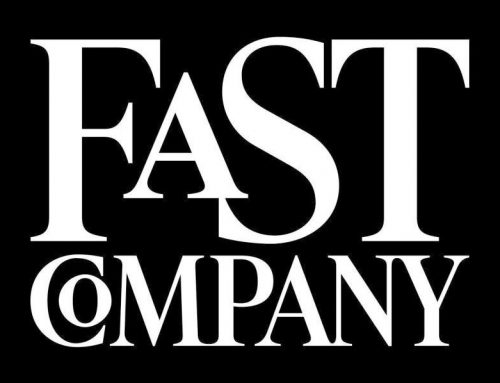Through Their Actions, Leaders Continue To Foster Creativity Within Their Companies As They Grow Over Time
- New research on fostering creativity looks the role of organizational processes, as well as the interplay between managers and employees and their actions on resources.
- During lean times, encouraging employees to transform objects into resources cultivates needed creativity. During times of plenty, managers continue to nurture creativity by regulating the flow of objects to employees and by empowering a sense of ownership.
- Firms institute organizational processes that facilitate creativity by understanding how and why employees transform objects into resources and how managers enable these actions.
Is necessity truly the mother of invention or does an abundance of resources lead to creativity? Scholars and practitioners have wrestled with this question for decades. And the results of study have been mixed.
Consider the histories of Apple and Google, two organizations thought to be among the most creative and innovative. In 1997, when Apple was shrinking rapidly, its loss of talent and funds was thought to spell doom for the company, as it was assumed that they could not innovate in such a resource-scarce environment. Yet a few years later, it developed the revolutionary music, phone and mini-computing devices it’s now become known for. So, did a lack of resources contribute to its astounding creative output? Conversely, a few years ago, researchers and practitioners expressed fears that Google’s growing size might stifle creativity among its ranks, yet so far, the company’s creative output seems to continue unabated.
While researchers have been exploring the connection between abundant and scarce resources and creativity, with conflicting results, Rice Professor of Management Scott Sonenshein research on how to continue innovating as companies grow explains how actions shape and generate the resources that constitute and aid creative activities over time. His findings are important for leaders who want to continue to foster creativity within their companies as they grow over time.
Sonenshein initially set out to understand how organizational cultures transform due to dramatic change, and his research subject was a small, family-owned women’s boutique that was on the cusp of experiencing rapid growth. Because the company culture emphasized creativity, he was interested in how the culture might change over time. He watched the company grow from a single, family-owned operation to one that opened multiple new locations under investor ownership. He witnessed how creativity persisted from a time of limited resources to a resource rich one and observed the processes that aided continued creativity.
At first the boutiques operated on a proverbial “shoestring.” Managers gave their employees autonomy, empowering them to “take ownership” of their stores and to respond to their environments creatively by manipulating and recombining objects in novel and useful ways to aid sales. For example, when one store manager noticed that a group of summer dresses with defective straps weren’t moving, he removed the straps and repositioned the dresses as swimsuit covers to successfully sell them. This kind of employee ownership and creative resourcing allowed employees to devise their own solutions to problems.
But what happened when the investor influx of money created a new resource-rich environment, one that didn’t require the pluckiness of devising creative solutions out of necessity?
Most retail stores use planograms, which are like “maps” that tell managers and employees where to display particular items within a store. These plans (fixed objects) serve the valuable purpose of creating a consistent environment and experience from one store to the next. But in this case, the central leadership decided to withhold the store planograms and replace them with narratives (malleable objects), which allowed each store manager and team to devise their own creative ideas about how to tell that narrative within their store. Withholding the fixed object and replacing it with a malleable one that employees could act on fostered creativity and innovation, allowing each store to adapt and customize its environment and experience for its particular clientele, while keeping the cohesiveness of the brand experience among stores.
The takeaway? Creativity can be fostered in a variety of resource environments. It’s the specific actions of managers and employees that foster creativity.
Scott Sonenshein is a management professor in the business school at Rice University.
To learn more, please see: Sonenshein, S. (2014). How organizations foster the creative use of resources. Academy of Management Journal, 57(3), 814-848.



